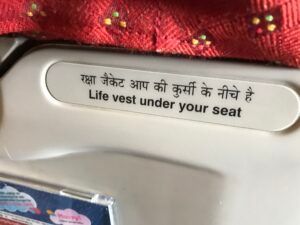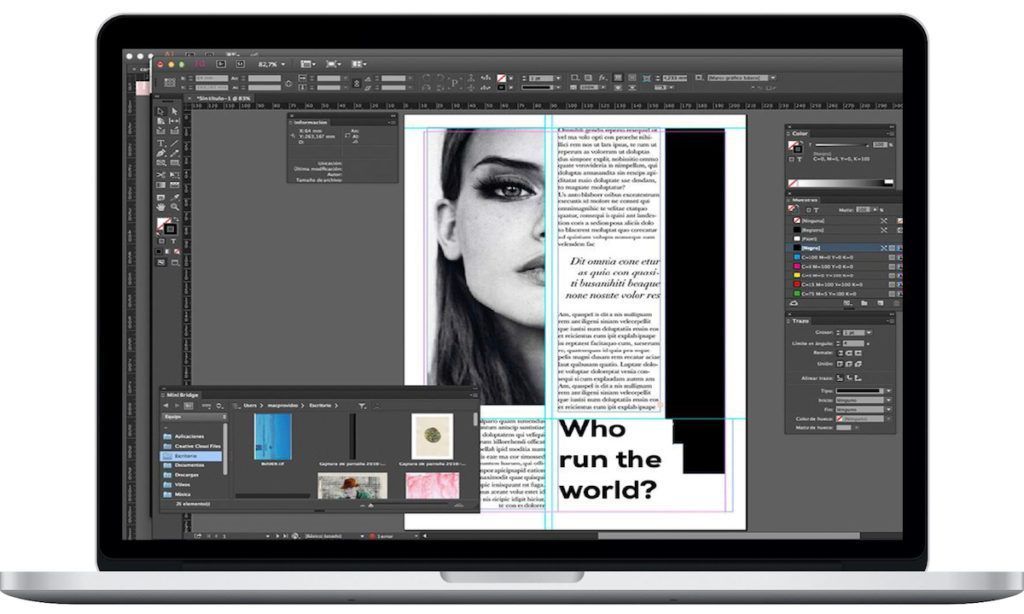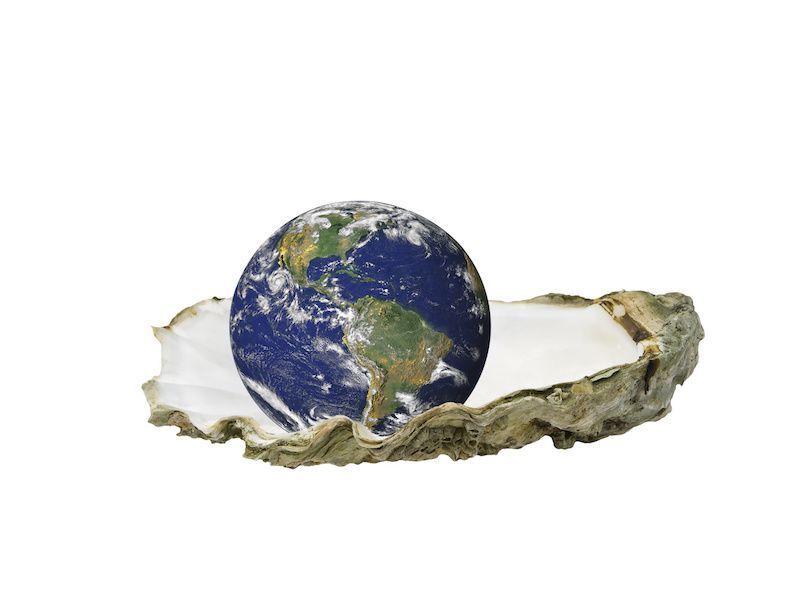Don’t Get Lost in Translation
Your company, like so many others, may be trying to reach out to new multicultural customers in global markets to increase sales and grow your business. Of course, reaching out is one thing. Connecting is another.
It may be an easy thing to overlook, but translating your company and product literature into other languages may be one of the most important things to do to make that connection. Companies that are looking to attract new multicultural customers in different global markets —or even domestically— should be aware of some of the issues involved with translation, multicultural marketing and multilingual desktop publishing (DTP).
Market share

If you make your company literature and online content available in other languages, how much will your market share really increase? This is an important question to ask before seriously considering having your content translated. For example, if your company sells highly specialized computer components to technical types schooled in English (the language that dominates the entire computer industry), translation may not be necessary. On the other hand, if you intend to sell sports equipment to the general public located in another country (or even to non-English speakers in the United States), translation and production of your advertising material and product literature is probably a wise investment.
International regulatory compliance

Some countries require that all packaging with product information, ingredients and directions for use be translated into in their native language. Regulations vary by industry and by country. If you work for a cosmetic company, for example, there are certain requirements regarding how the ingredients appear on the packaging and whether they need to be in both English and the language of the consumers in that country. Check with the regulatory authorities in the countries you intend to target such as the local Standards Counsel or Trade Offices, or contact a regulatory specialist for your industry for expert advice.
Liability
Safety and warning statements almost invariably require translation. If your material is not properly translated, consumers may misuse your products, which could result in injury or even worse, death. Bad translations can also set the stage for your company being held liable for other misfortunes. Check with an international trade attorney for specific requirements in your industry.
Get to know your customers

Before starting any multicultural marketing campaign, take the time to learn about your potential customers. Who are they? What do they want? What drives their purchasing decisions? What appeals to their sense of value and how can you satisfy their needs? They may be nothing like your current English-only customers. Do some research and make sure you convey what you learn to anyone working on your communication materials, including your translation partner.
Go knee-deep at first
If you’re just getting your feet wet in the waters of translation and multicultural marketing, it may be wise to wade around for a bit at first before taking the full plunge. Start by translating only a key piece of your literature or content, not your entire library or website. Choose something that will generate the most sales, exposure and business presence that’ll give you the best ROI.
Think translation !

In the conceptualization, writing and production stages of putting together your company literature, have your writers and graphic designers actually think translation. This may entail eliminating buzzwords, American colloquialisms and avoiding ambiguous phrases or expressions that may not have equivalencies in other languages.
The designers of your documentation should remember that many languages use more words or characters than English and therefore, require more space. For English text going into another western language, such as French or Spanish, allow at least 20% more space for what is called “translation expansion”.
Make sure your English copy follows all the rules of sound writing, including the use of short, clear sentences written in the active voice. Copy that is clear and enjoyable to read in English will be the same once translated. Conversely, poorly written literature in English will be just as poorly written in German, French or Chinese, no matter how good the translators are. See our blog post, “Writing For Translation“ for some ideas on how to keep your messages clear and easy for your translation teams to get your ideas across in other languages.
Forge healthy partnerships

The relationships that you develop with translation and multilingual publication professionals can go a long way towards making your multicultural sales and marketing strategies a success. Carefully consider many factors when shopping for translation services. Language Service Providers (LSPs) vary greatly in size, level of experience and expertise, length of time in business, support services and technical capabilities.
It’s important to consider not only cost, but most importantly quality, service, support and the overall value you’ll receive. Unfortunately, some companies that have made decisions based solely on price have ended up getting burned by embarrassing translations or poor service. In the end, it could potentially cost thousands more than what may initially be saved.
Always look your best !

Your company’s foreign language packaging, manuals, catalogs and online content is, quite simply, your way of presenting yourself to the world. Rather than attempting to handle the production in other languages internally, consider contracting a translation and localization firm experienced in multilingual desktop publishing (DTP), layout and production. A fully-equipped translation and graphics firm will have a highly-qualified multilingual publications staff experienced in working with major layout applications in all major languages every day, and they will make your materials look their best.
Even in languages such as French, punctuation rules differ from those in English. In some languages like Chinese or Japanese, using certain colored fonts are considered inappropriate and even offensive. And then there are the challenges of producing publications or content in a website in right-to-left (RTL) reading languages such as Arabic, Farsi or Hebrew. In these languages, everything needs to be flipped or a mirror image of the English layout. Special software and fonts are also required for RTL languages.
Should you decide to use your own graphics department for foreign language layout and production, take the extra steps of making sure that the material goes through careful pre-press reviews by the translators and proofreaders before going live or to print. Desktop publishers or designers who are not experienced in working with foreign languages, or who cannot read them, could accidentally place translated copy in the wrong spots, hyphenate words incorrectly or not follow the punctuation rules of other languages. Proof, proof and proof again.
As the number of companies vying for greater global market share increases —whether as start-ups or as established brands— so does the need for accurate and effective communication to audiences with vastly different cultural and linguistic realities. If you want to succeed in today’s truly multilingual and multicultural economy, communication with people of other cultures must be done right. High-quality translation, design and multicultural marketing are key to getting your messages across to those potential customers, without getting lost in translation.
The post Don’t Get Lost in Translation appeared first on intransol.
















































